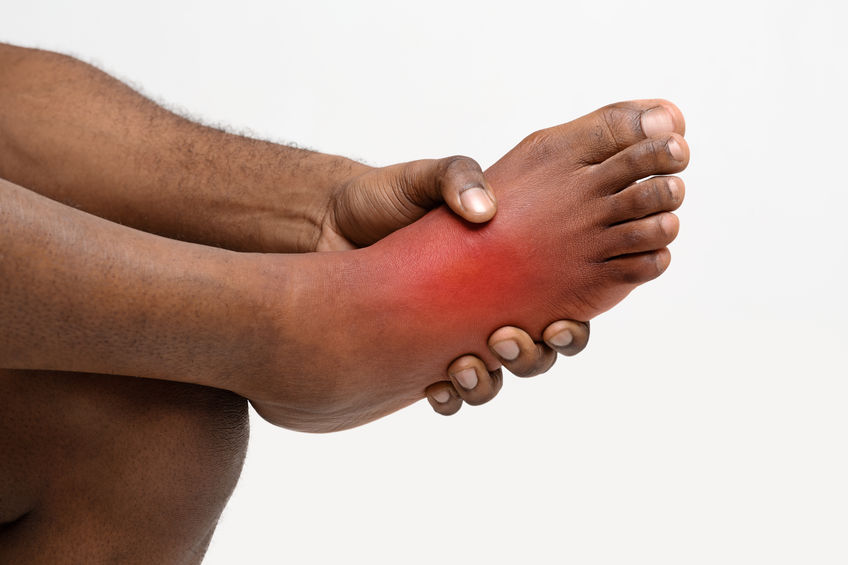
Many people don’t know it is the cuboid bone, a small, cube-shaped bone located on the outside of the foot, halfway between the small toe and the heel. Today Dr. Eric Ricefield, Dr. Mark Yagodich, and Dr. Aliza V. Eisen of greater Philadelphia’s Your Next Step Foot and Ankle Care Center share information regarding this condition, its causes, and the treatments.
While the cuboid bone moves during normal foot motion, strong movements or some positions maintained for extended periods can cause this bone to shift too much, eventually dislocating it referred to as a cuboid syndrome.
Also known as cuboid subluxation, it develops when the ligaments and joints near the cuboid bone tear and commonly cause pain on the outer part of the foot. It can occur abruptly due to a sprained ankle or develop slowly from recurring tension through the bone and its surrounding structures.
Causes: The most usual causes of cuboid syndrome include:
- An ankle sprain
- Repetitive activities such as running and jumping may cause excessive traction on the bone, causing misalignment.
- Flat feet or other altered foot biomechanics.
Symptoms: One common symptom of this condition is pain outside the foot felt in the toes and ankle, which can generate walking difficulties such as a limp. Symptoms may also include pain and swelling on the outside part of the foot, which increases when standing or walking, making it difficult or even impossible to walk.
Diagnosis: Diagnosing this condition can be challenging, thereby often misdiagnosed. MRIs, CT scans, and X-rays usually don’t adequately show the cuboid misalignment. And while there isn’t a specific test used to diagnose cuboid syndrome, your podiatrist will typically determine if you experience pain while pressing firmly on this bone in your foot.
Treatment: Just like the variety of causes varies widely, so do treatments. Some of the most common are rest, exercise, taping, orthotics, and ice therapy.
If you believe you may be experiencing cuboid syndrome, make an appointment with one of the experts at greater Philadelphia’s Your Next Step Foot and Ankle Care Center so we can evaluate your condition and recommend treatment. Click here to locate the office nearest you.
